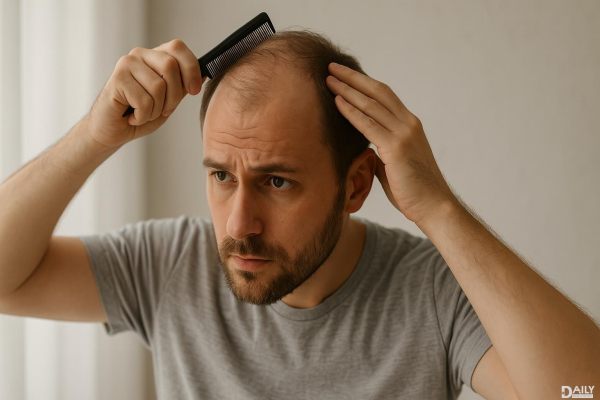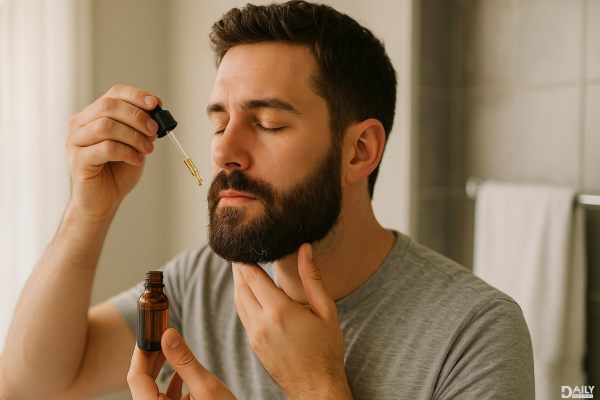If you're noticing more hair in the shower drain than on your head, don't panic—there's a simple combing trick that might help turn things around. While genetics and hormones play a big role in hair loss, how you treat your scalp daily can make a surprising difference. This technique isn't a miracle cure, but it's backed by science to stimulate blood flow, distribute natural oils, and create a healthier environment for hair growth. Let's break down why this works and how to do it right.

Combing isn't just about detangling—it's a mini workout for your scalp. The right technique increases circulation, which delivers more oxygen and nutrients to hair follicles. Think of it like watering a plant: better blood flow means stronger roots. A study in the Journal of Cosmetic Dermatology found that regular scalp massage (which combing mimics) increased hair thickness in participants after 24 weeks. The key is using a wide-tooth comb or a brush with natural bristles to avoid breakage while gently stimulating the scalp.
Start with dry or slightly damp hair—never comb soaking wet strands, as they're more prone to snapping. Section your hair and begin at the ends, working upward to prevent tugging. Angle the comb at 45 degrees and use slow, deliberate strokes, applying light pressure to massage the scalp. Focus on trouble spots like the crown and hairline, but avoid aggressive scraping. Do this for 5 minutes morning and night, ideally paired with a scalp serum or natural oil (like rosemary or peppermint) to amplify results.
Most guys unknowingly sabotage their hair with bad combing habits. Over-brushing (more than 2-3 times daily) can cause friction damage, while plastic combs create static and breakage. Avoid "scrubbing" the scalp—this irritates follicles. And never yank through knots; instead, use a detangling spray or conditioner. Pro tip: Clean your comb weekly to prevent oil and product buildup, which can clog follicles.
This trick works best as part of a holistic routine. Sleep on silk pillowcases to reduce friction, eat more protein and iron-rich foods (think eggs and spinach), and manage stress—cortisol is a silent hair killer. If you use styling products, opt for water-based formulas that won't suffocate follicles. And don't overlook the obvious: Get a trim every 6-8 weeks to prevent split ends from traveling upward.
If you're still shedding excessively after 3 months of consistent care, consult a dermatologist. Sudden hair loss can signal thyroid issues, vitamin deficiencies, or autoimmune conditions. Prescription treatments like minoxidil or finasteride might be necessary for genetic baldness, but this combing method can still complement those approaches by improving scalp health.
Stick with this routine, and you'll likely notice fewer hairs on your collar and more bounce in your strands. Remember, hair growth is a marathon—not a sprint—but sometimes the simplest tricks pack the biggest punch.
























